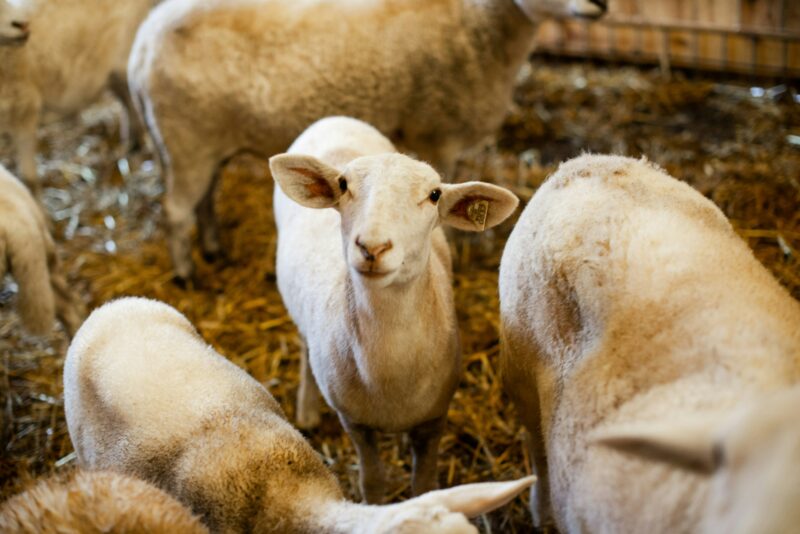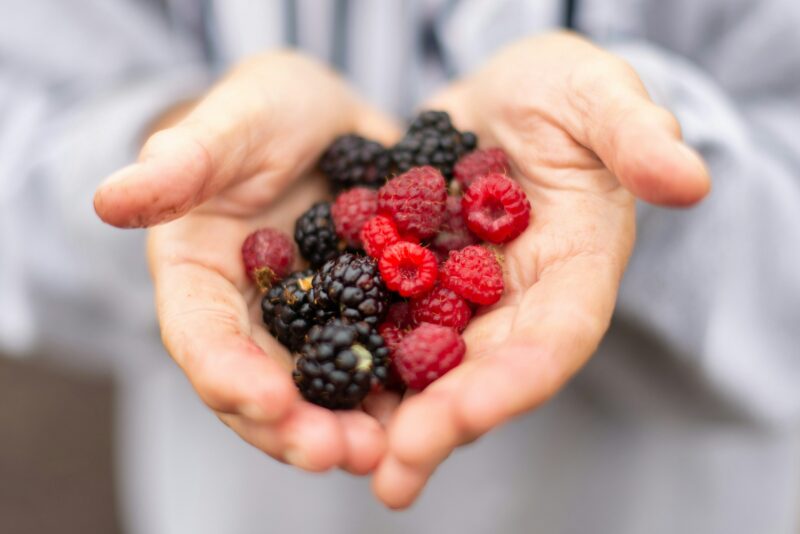Homesteading: Living Closer to the Land

Homesteading in modern America is a definite lifestyle trend. Although this may be true, it is also a return to living in harmony with the land. Many people choose homesteading to grow their own food, raise animals, and reduce dependence on industrial supply chains. At Jessecology, we see homesteading as a way to deepen our connection with nature while improving self-reliance.
What is Homesteading?
Homesteading means creating a self-sufficient home. It can be done on a rural farm, a suburban lot, or even a small urban yard. The core idea is producing more of what you need and buying less. Common homesteading practices include:
- Growing vegetables, fruits, and herbs.
- Raising chickens or livestock.
- Preserving food through canning, fermenting, or freezing.
- Repurposing and upcycling many post-consumer waste products.
- Using renewable energy like solar panels.
- Composting and reducing waste.
- Building a rocket mass heater.
Why People Choose Homesteading
There are many reasons to start homesteading. Some folks want healthier, organic food. Others want to live more sustainably. For many, it is about freedom — controlling how their food is grown, how their land is managed and how the majority of their time is spent. Homesteading can also save money over time and build skills that last a lifetime.

The Role of Native Plants in Homesteading
Homesteading and native plant literacy is a good match. Knowing what the indigenous vegetation is leads to being able to exclude pervasive invasive infestations as they begin. Additionally, possessing large stands of native wildflowers increases a farm’s crop yield every year. Native gardens resist local pests and support pollinators. Planting new native wildflowers, shrubs, and trees increases your neighborhood’s biodiversity. This creates habitat for songbirds, native bees and butterflies while increasing many other ecosystem services. These intangibles are literally what makes a place “somewhere nice to live.”
At Jessecology, we design native plant landscape systems that mesh seamlessly into homestead sites. As a matter of fact, our landscaping projects have launched certain homesteads into their future of sustainability. The Jessecology team can build the framework and foundation of all that comes later with structural elements and good design planning.
How to Start Your Homestead
Starting small can be key. You don’t necessarily need acres of land to begin. Even a single raised bed can produce fresh vegetables. Begin with one or two projects, such as:
- Planting a small vegetable garden.
- Adding a compost bin.
- Installing a rain barrel.
- Growing a patch of native wildflowers.
Over time, you can expand your homestead to include fruit trees, berry bushes, and other sustainable elements.
The Benefits of Homesteading
Homesteading connects us with natural cycles. It teaches patience, creativity, and problem-solving. Creating a healthier environment for future generations, building resilience, fostering community, and regenerating the ecosystem are valid life goals.
Homesteading is a journey and a lifestyle. Whether you live on a large farm or in an urban dwelling, you can embrace homesteading principles. At Jessecology, we believe every home can be a place of restoration and abundance. People have a regenerative, restorative gear that can be found or learned. Encouraging each other in good land stewardship is the right way forward in the world.
How to hire Jessecology to launch your Homestead’s eco-landscaping system:
Certainly, we’d love to work with you! Fill out the “Start Your Project” form and we’ll be in touch straightaway.
